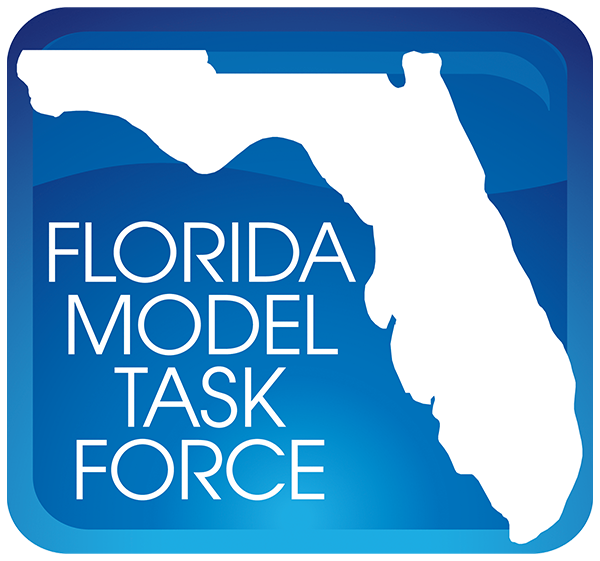

Current FSUTMS model uses a set of highway-transit speed curves based on facility type and area type to model the relationship between highway speed and transit speed. The drawbacks of this method include that there is considerable vagueness in the definition of area types and that transit boarding and alighting activities not considered in estimating transit travel time.
Dwell time at a bus stop is one of the major components of bus travel time and is highly correlated with the number of boarding and alighting passengers. With more resources from federal, state, and local governments devoted to the improvement of public transit services, transit ridership is expected to increase. Consequently, dwell time at a bus stop needs to be modeled in terms of ridership to allow bus travel time to be accurately estimated. In a typical bus operation, passengers may only board a bus through the front door but may choose to get off the vehicle through either the front or rear door. In order to accurately estimate the dwell time, this study developed a binary door choice model that predicts the proportion of alighting passengers that would choose the front or rear door to get off the bus based on the data collected from the Broward County Transit (BCT) in Florida. Based on the door choice model, a transit link travel time estimation model was developed. The model predicts transit link travel time based on number of onboard, alighting, and boarding passengers, time-of-day, if a stop is a time point (optional), and highway travel time. To implement the model in FSUTMS, an iterative process that calculates transit link time based on boarding and alighting data from the previous iteration is necessary.

